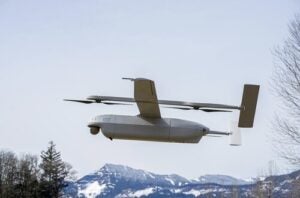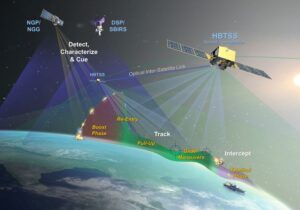
The Marine Corps recently conducted its first live-fire test of a production model Marine Air Defense Integrated System, or MADIS, successfully defeating several drone targets during the demonstration. The live fire test took place as the MADIS Inc. 1, which is currently in low-rate initial production, heads toward an initial operational test and evaluation phase and as the program remains on track to begin fielding in the early FY ‘25, Marine Corps Systems Command spokesperson Morgan Blackstock told Defense Daily.…

 By
By 











